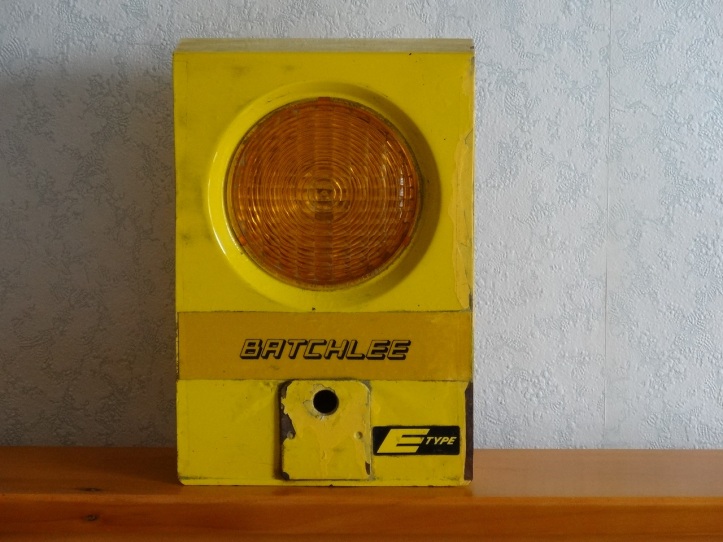
It’s difficult to imagine life without LEDs today – they’re everywhere, from the ‘Caps Lock’ indicator on your keyboard to the kitchen light. But it wasn’t so long ago that the likes of the former application was all that they were suitable for, and everywhere else the inefficient incandescent bulb reigned supreme. And in the case of battery operation ways and means of making said batteries last as long as possible had to be found.
There’s no glamorous backstory behind this item – I stole it when I was a kid – but what is baffling is how it managed to survive through two family house moves followed be me ‘flying the nest’ (and I’m pretty certain that I didn’t take it with me!). My mother wasn’t one for hanging onto unnecessary junk. I can only assume that it was in the ‘great big box’, you know, the one your parents turn up on your doorstep with when they downsize after retiring, accompanied by the words, “This is yours!” In my case that event took place in the late 1990s.
These units were powered by two PJ996 batteries connected in parallel. In order to maximise battery life the 5 volt miniature bayonet contact (MBC) bulb was rated at just 0.09 amps – less than half a watt or just one fifth of the power of a large torch/lantern bulb which used the same battery. This on its own would have run for several days but many of these lamps – including this one – contained a little two-transistor flasher circuit to extend the battery life still further. I would guess that this circuit was designed to give a brief flash every half-second but not to a high degree of accuracy, and this one ‘runs a little fast’. Strangely, efficiency was compromised by not fitting internal reflectors; a fair proportion of the light is simply lost inside the casing.
The ‘innards’ consist of a plastic tray attached to which is the bulb on a stalk (to align it with the centre of the lenses) and the aforementioned flasher circuit. Two metal strips on the bottom of this tray make contact with the battery terminals. One of these strips is moveable and has its ends bent at 90 degrees, as well as having a ‘hump’ in the middle which in one position clears a stud on the bottom of the tray. In the other position this stud makes contact with the strip. Small holes in the sides of the casing align with the bent ends of the strip; using a small screwdriver or similar, press in one side to turn the lamp on and the other side to turn it off.
Yellow lights at roadworks are much less common today but those that are still around make use of vastly superior LED technology and run for weeks on end from a single battery. These old TrafiLamps are now as crude and inefficient as the paraffin lamps they replaced back in the 1970s.